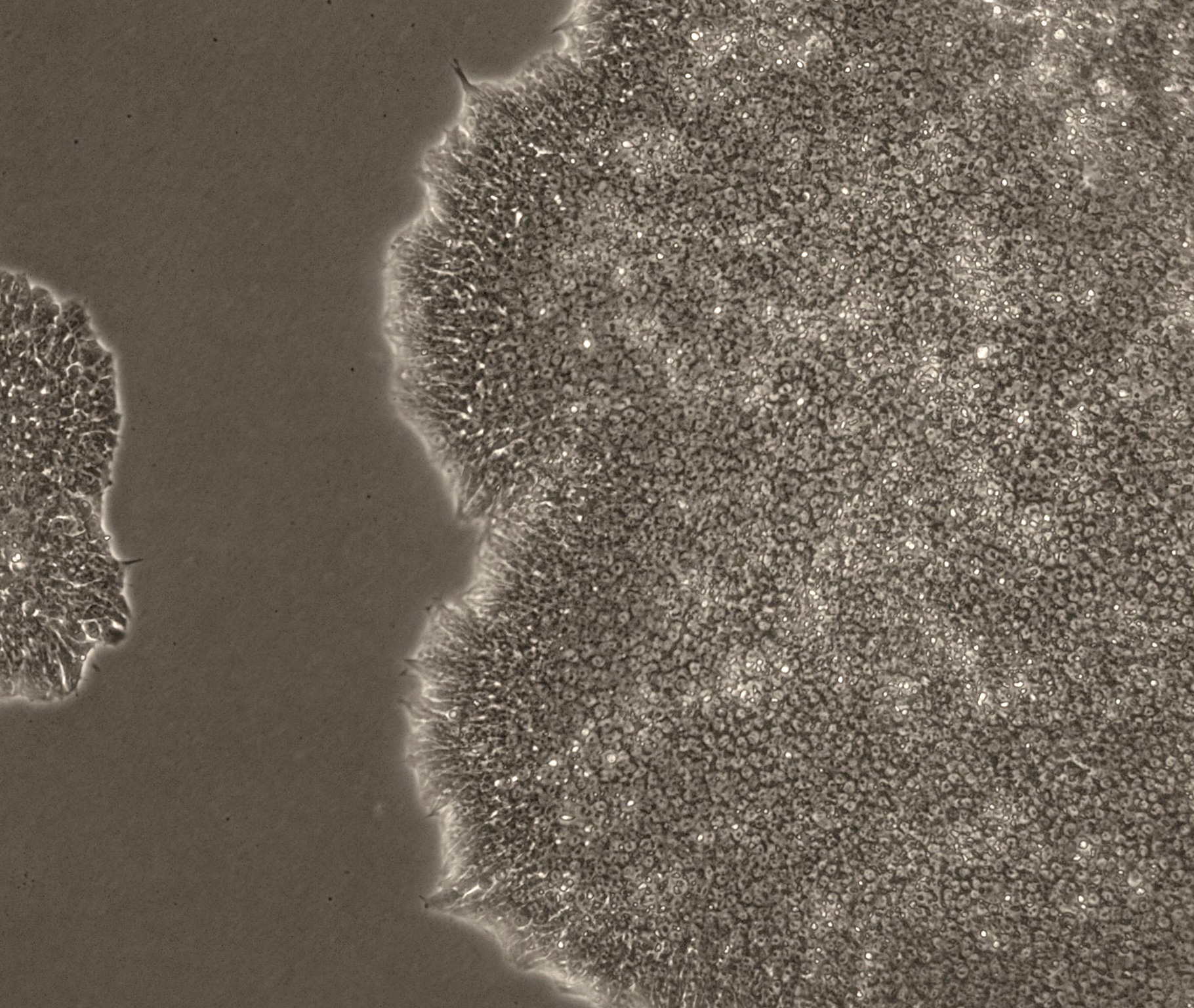October is a big month for stem cells. Not only do we now recognize October 4th as Pluripotency Day, but Stem Cell Awareness Day (also called International Stem Cell Day) is celebrated annually on the second Wednesday of October. Together, these observances spotlight the extraordinary potential of stem cells—their ability to differentiate into nearly any cell type—and remind us of their important role in advancing medicine, from disease modeling to the development of regenerative therapies.
Stem Cell Awareness Day has a well-documented origin story. It was launched in California in 2008 by then–Governor Arnold Schwarzenegger who said, “The discoveries being made today in our Golden State will have a great impact on many around the world for generations to come.” This tradition grew into a global initiative and continues each October as an opportunity to promote education, dispel misconceptions, and highlight the impact of stem cell research on healthcare.
That left us wondering: where did Pluripotency Day come from? The trail is a little less clear. A quick search through social media and a few detours down internet rabbit holes revealed scant details and scattered references—tweets, blog posts, and even cupcakes. October 4th celebrations started as a playful nod to OCT4, the gene that serves as a master regulator of the undifferentiated state, and one of four genes responsible for reprogramming cells to the pluripotent state. From that tongue-in-cheek beginning, the idea of “Pluripotency Day” seems to have emerged organically, giving stem cell enthusiasts around the world a lighthearted way to celebrate and reflect on advances in pluripotent stem cell biology. Read on to see what we uncovered.
What is Pluripotency?
Before we dive into the background on Pluripotency Day, let’s look at what pluripotency is and why OCT4 is so important. Pluripotency is the ability of a single cell to develop into any of the body’s three germ layers: ectoderm, mesoderm, and endoderm. OCT4 (Octamer-binding transcription factor 4) is a key transcription factor that, together with SOX2 and Nanog, maintains embryonic stem cells (ESCs) in an undifferentiated state.
The importance of OCT4 increased after Shinya Yamanaka successfully reprogrammed somatic cells and created induced pluripotent stem cells (iPS cells) in 2006 by introducing a set of four genes (OCT4, SOX2, KLF4, and c-MYC) into mouse somatic cells, a discovery that earned him a share of the 2012 Nobel Prize in Physiology or Medicine. Although many reprogramming recipes are in use today, OCT4 is widely considered the most important and indispensable reprogramming factor. With this foundation in mind, let’s see how October 4th became a day to celebrate stem cell pluripotency.
The Cupcake That Started It All

From our online investigations and conversations with colleagues, we found what may be the earliest known celebration of October 4th in connection with OCT4. It may be surprising to discover that it didn’t happen in a lecture hall or lab meeting, but in a kitchen in 2012. That year, Jennifer Moody, who at the time, was a pluripotent stem cell scientist at the Centre for Commercialization of Regenerative Medicine (CCRM) in Toronto, Canada, baked a batch of cupcakes to celebrate the gene OCT4 on October 4th. In her self-proclaimed “baking era,” Jen distinctly remembers designing the cupcakes intended to resemble pluripotent stem cells, with DAPI-stained nuclei and almost all glowing green showing they are positive for OCT4, an indicator of the undifferentiated state.
From Cupcakes to Tweets
While the 2012 cupcakes celebrated OCT4 in a delicious way, 2013 was the first time October 4th and ‘Pluripotency Day’ were mentioned together on social media. Some of the earliest references were tweets from researchers Tess Linden, Data Scientist at BigHat Biosciences, and Arun Sharma, Associate Professor and Director, Center for Space Medicine Research at Cedars-Sinai. When asked, Arun reflects on the moment with humor, saying, “I think it was just me trying to be funny and make a nerdy, niche science joke on Twitter. October 4, OCT4, stem cells, pluripotency…the connection was obvious!”
Although these early mentions were informal, they spurred momentum for broader recognition of the day across the scientific community. By 2017, the hashtag #PluripotencyDay appeared, formally linking October 4th to Pluripotency Day. From that point onward, the celebration has grown, with researchers, labs, and even companies joining in. Today, social media posts on Pluripotency Day range from scientific highlights to fun illustrations that showcase stem cell biology and research, illustrating how a small, grassroots idea evolved into a well-loved community tradition.

Celebrating Stem Cell Science, Not Just a Date
Regardless of how Pluripotency Day began, October 4th is a day for the stem cell community to reflect on and celebrate the remarkable potential of pluripotent stem cells. Their applications in patient-specific cell therapies, disease modeling for personalized medicine, and drug discovery continue to drive advances that can transform healthcare and improve lives around the world.
To celebrate, WiCell is offering 15% off both the Pluripotency and the Undifferentiated Status Flow Cytometry Assays for orders placed during October. Simply mention OCT4 when placing your order or requesting a quote. For more information or to get a quote, click the request more information button below. Happy Oct4!
Acknowledgments:
Special thanks to Dr. Jennifer Moody and Dr. Arun Sharma for sharing their personal stories that contributed to this article.
